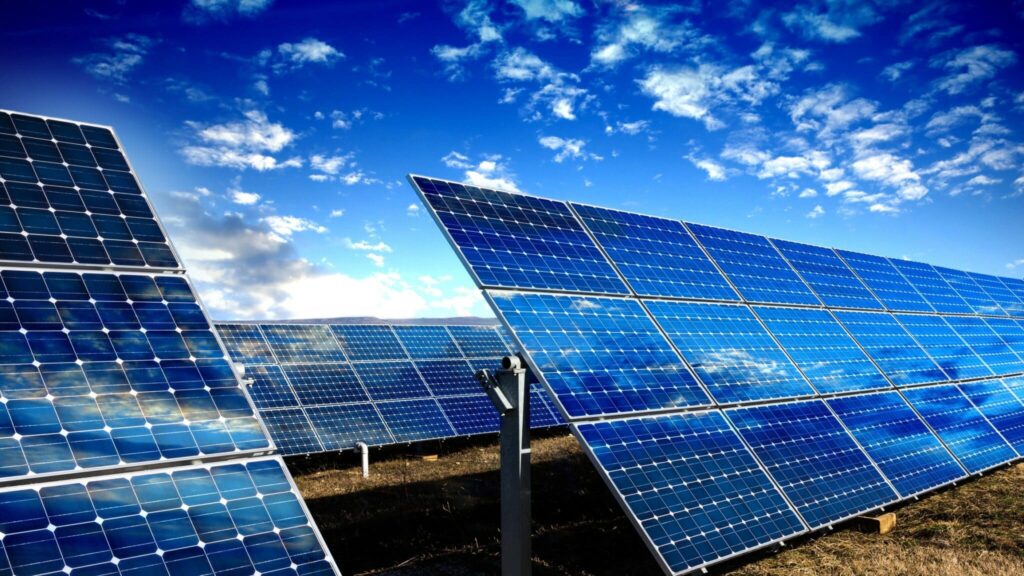

Offsite solar PPAs are an emerging model of renewable energy purchasing in Australia.
This article discusses offsite solar PPAs where the solar farm is owned by a 3rd party, which can be an investor, investment fund, solar company or private owner. An alternative model is where the customer invests in and owns the solar farm (article to come in the future).
This article is general in nature, and the independent needs of each customer and solar farm may see an agreement of a different nature.
An offsite solar Power Purchase Agreement is an agreement between a solar power generator and a customer for an agreed duration (term). Electricity is supplied via the grid. Generally, 100% of generated electricity fro the solar farm is supplied to the grid via a local connection, and 100% is purchased by the electricity customer.
Roles
A price is agreed between the solar farm and the customer. This price is maintain or escalated at an agreed rate for the term of the contract.
The price will generally be set at a rate that sees the solar farm owner get a return on investment aligned with their risk, and also so the agreement meets the organisational financial and environmental objectives of the customer.
Generally, the solar farm will invoice the customer monthly. This means the customer will now see 2 invoices for the electricity from the nominated building:
If costs of installation and maintenance go up, the agreed price does not change. So the solar farm takes the price risk.
The net savings (or cost) a customer sees depends on:
The customer assumes these risks. Some customers see this as a hedge and reduces budget risk by locking in a portion of energy costs. Even if their energy rate goes down, making the offsite solar electricity a premium in comparison, they are still ahead overall as prices of balance of electricity supply have reduced.
The customer and solar farm can agree to inclusion of electricity, RECs or both in the PPA. Some indicative prices are set out below:
If electricity only is purchased, without LRECs, then the solar farm retains the rights for the LRECs. The solar farm may retire these, or trade them to reduce the cost of electricity to the customer.
If the customer agrees to buy the LRECs, it can choose whether to retire these or trade them. A customer may choose to trade them in the short term, then retire them due to organisational environmental and emissions reductions targets.
Depending on the organisation financial and environmental objectives of the customer, each of the 3 options may have merit. It will also depend on what each solar farm is offering.
To enable investment into renewable energy, and long term commitment is generally required from the contract. This creates (some) certainty of revenue that allows investment.
A solar farm typically has a life of 25 years prior to panel replacement being required. Agreements to purchase electricity can have a term of 10–15 years, or up to 25 years. The current federal Renewable Energy Target is due for completion after 2030, after which point trading of RECs will become voluntary. Generally, agreements to purchase LRECs can have a term of 5–10 years, or more.
The customer can discuss with its retailer the integration of the solar farm electricity into its electricity retail contract. It should do this prior to proceeding too far down the path of offsite solar procurement.
The solar generated electricity can be matched with a building (electricity meter) the customer chooses, which the customer pays for its electricity. This building choice can be changed over time.
The solar farm capacity and building demand should be matched so that on most days, the building consumes more electricity than what the solar farm generates.
For the nominated building, customers can expect to pay the normal electricity network charges. This includes:
Solar farms incur network charges. Solar farms consume small amounts of electricity, generally by the inverters. This occurs 24 hours, so some network charges can be expected. Additionally, solar farms can be charged metering charges and network access fees. These can be agreed to be paid by the solar farm, by deducting these costs of the solar farm electricity invoices.
This article will be updated over time, so if there are any other questions we’d love to hear them and include the answers. Please email [email protected]